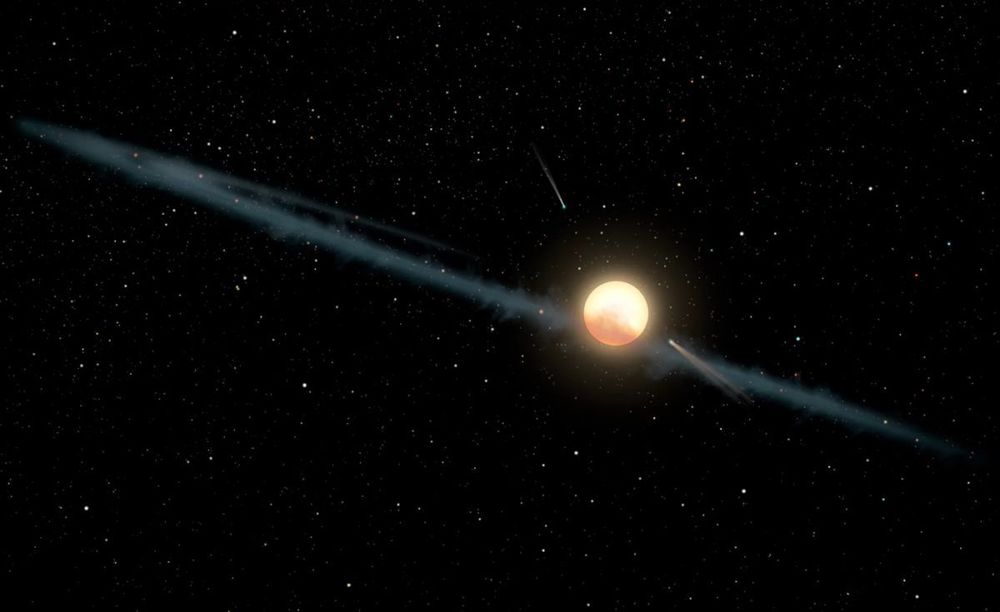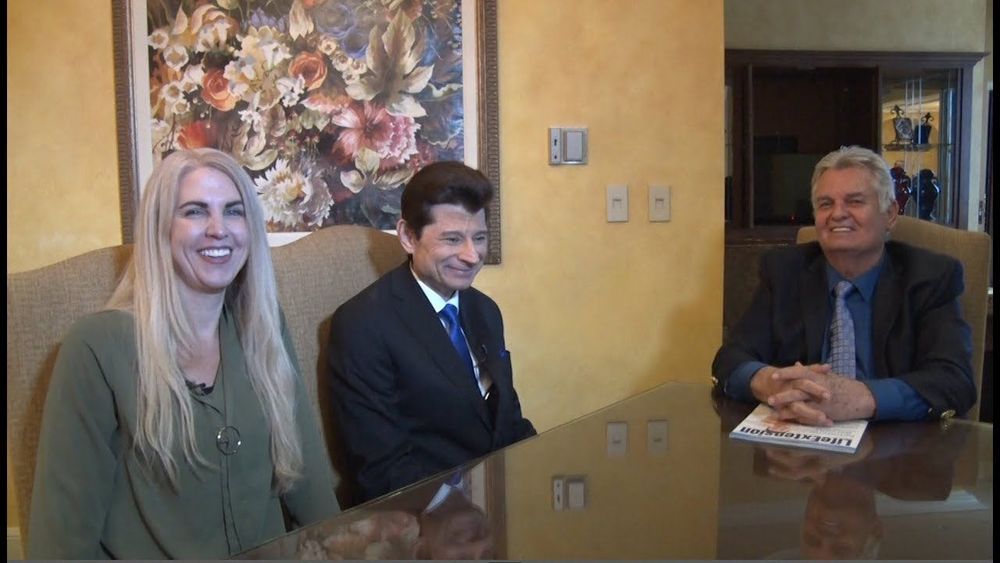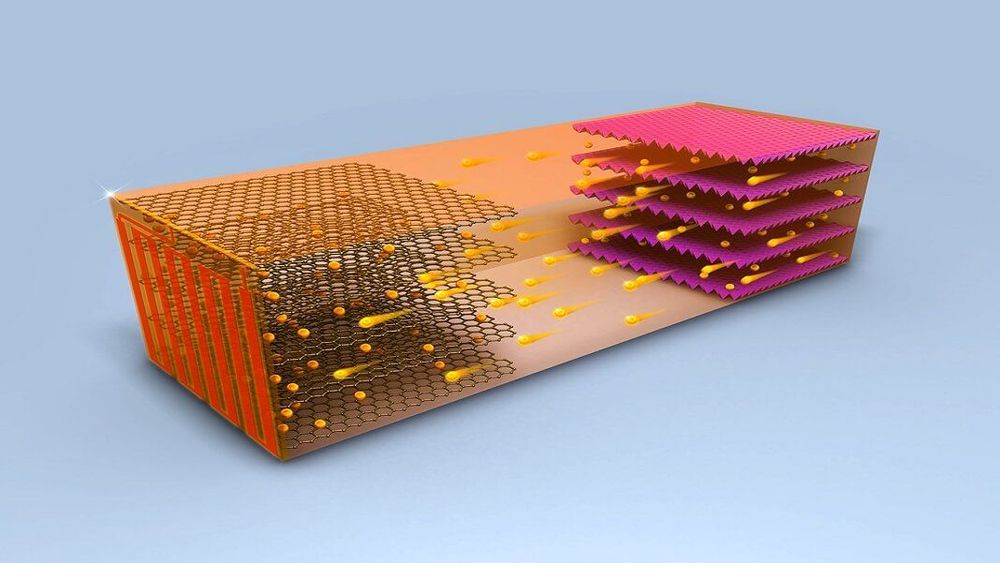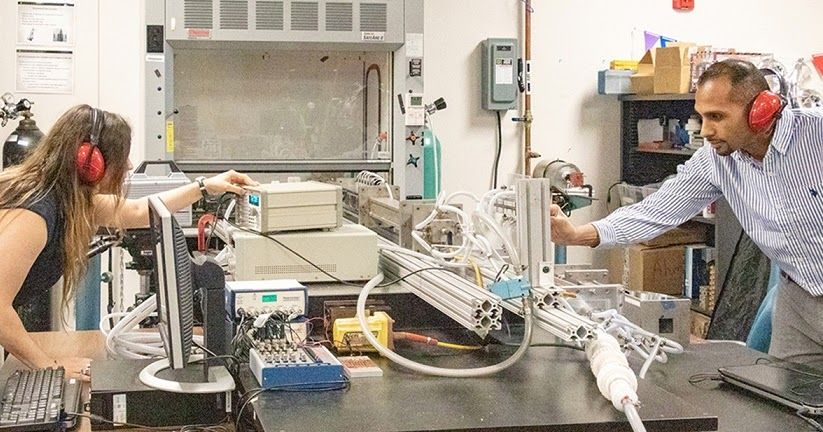Nov 5, 2019
Tesla Model 3 Performance gets stunning street-legal racing treatment from Unplugged
Posted by Omuterema Akhahenda in categories: law, sustainability, transportation
“Unplugged Performance thoroughly reworks the suspension with a custom race valved adjustable coilover suspension kit, along with billet adjustable front upper control arms, billet adjustable rear camber and toe arms and a beefier 3 way adjustable front/rear sway bar set with uprated bushings. The highly adjustable suspension and handling capabilities pair with massive 6 piston 15.5” uprated brakes and competition brake pads. Unplugged Performance 20” wheels shod with Michelin Cup 2 tires are then fitted. The wheels are custom machined out of 6061-T6 billet APP forgings, the same forgings used by Koenigsegg and Lamborghini, and every set is FEA optimized and specifically engineered to the specific build’s desired spec and use. Wheel weights range from 19.6–21.0lbs in 20” with tire sizings up to 305mm wide.”
While Tesla is working on a track-focused Model S, the Model 3 Performance is getting its own street-legal racing treatment from Unplugged Performance.


















